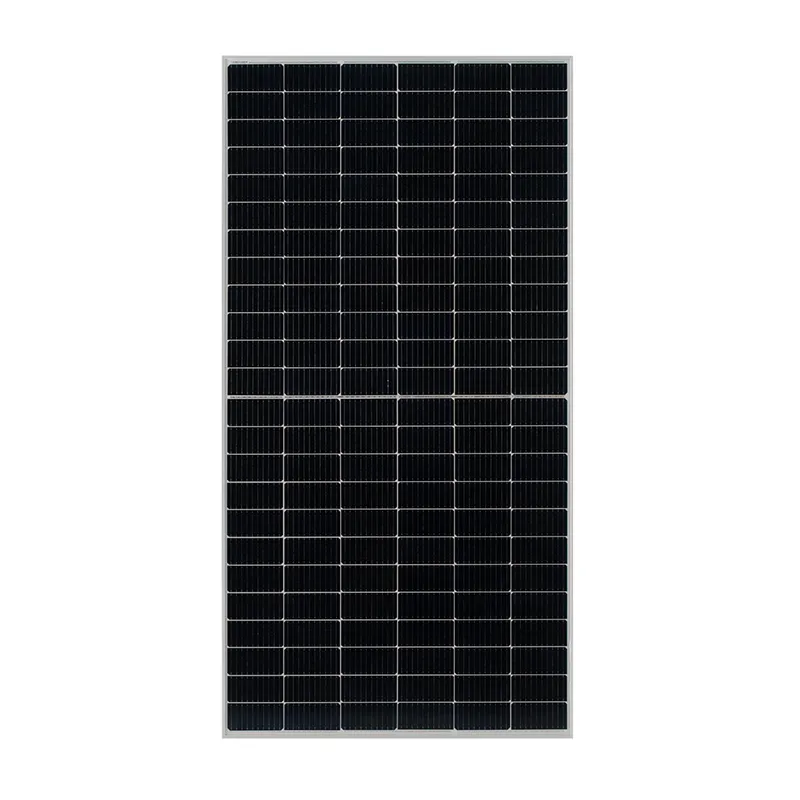solar tracking system
The Benefits of Solar Tracking Systems
In the quest for sustainable and efficient energy solutions, solar tracking systems have emerged as a revolutionary technology, significantly enhancing the performance of solar energy installations. These systems allow solar panels or solar collectors to follow the sun’s trajectory throughout the day, maximizing the amount of sunlight that is captured. By effectively increasing energy production, solar tracking systems serve as an essential tool in the transition to renewable energy.
At its core, a solar tracking system comprises mechanical devices equipped with sensors or control systems that adjust the orientation of solar panels. There are primarily two types of tracking systems single-axis and dual-axis. Single-axis trackers rotate on one axis, typically oriented north to south, allowing panels to tilt from east to west. This setup effectively captures sunlight throughout the day. On the other hand, dual-axis trackers can adjust both horizontally and vertically, optimizing solar panel orientation to follow the sun's path across different seasons and elevations.
One of the primary advantages of using solar trackers is the notable increase in energy efficiency
. Studies have shown that solar tracking systems can increase energy output by approximately 25% to 50% when compared to fixed installations. This increase is particularly significant in regions that receive a lot of sunshine, allowing users to harness more energy from the same number of solar panels.solar tracking system

Furthermore, solar tracking systems contribute to the reduction of the overall cost of solar energy in the long run. Although the initial investment for a solar tracking system is higher than that of a fixed installation, the increased energy production leads to a faster return on investment. More energy generated translates to lower electricity bills and a reduction in reliance on fossil fuels, contributing to a greener environment.
In addition to their economic benefits, solar tracking systems align well with the growing demand for sustainability. As more individuals, businesses, and governments seek solutions to combat climate change, the efficiency of renewable energy sources becomes paramount. Solar tracking technology not only capitalizes on solar energy’s potential but also encourages further investment in such sustainable resources.
Challenges do exist in implementing solar tracking systems, however. Maintenance can be more complex due to the moving components and mechanical parts, which may require regular inspection and upkeep. Additionally, the initial installation process can be more involved, necessitating careful planning and design to ensure optimal performance.
In conclusion, solar tracking systems represent a significant advancement in solar energy technology. By efficiently following the sun’s path, these systems enhance energy production, reduce costs, and support a commitment to sustainability. As the world continues to transition toward renewable energy sources, integrated solar tracking systems will likely play a crucial role in optimizing solar power’s contribution to a cleaner and more sustainable future. Embracing this technology can pave the way for greater advancements in the quest for reliable, eco-friendly energy solutions.
-
Unlocking Energy Freedom with the Off Grid Solar InverterNewsJun.06,2025
-
Unlock More Solar Power with a High-Efficiency Bifacial Solar PanelNewsJun.06,2025
-
Power Your Future with High-Efficiency Monocrystalline Solar PanelsNewsJun.06,2025
-
Next-Gen Solar Power Starts with Micro Solar InvertersNewsJun.06,2025
-
Harnessing Peak Efficiency with the On Grid Solar InverterNewsJun.06,2025
-
Discover Unmatched Efficiency with the Latest String Solar InverterNewsJun.06,2025







